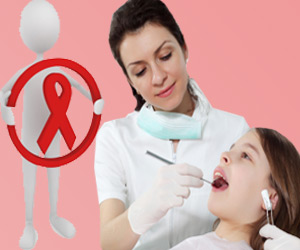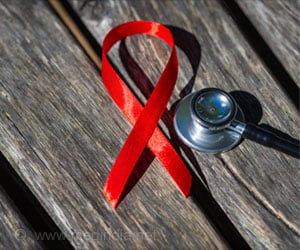Agencies that serve people with HIV are at the forefront of delivering medical care, shelter, psycho-social counseling and other services to their vulnerable clients.
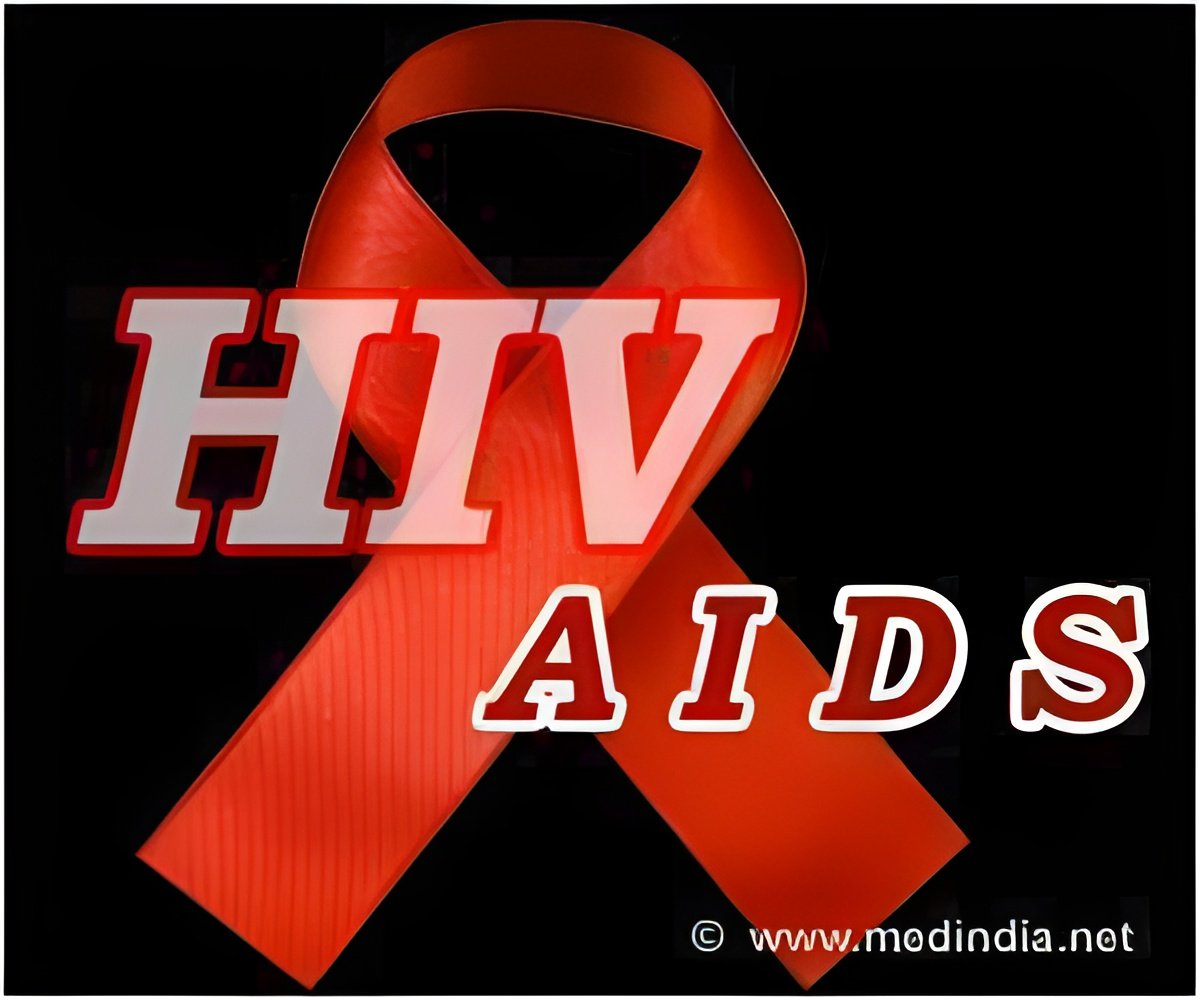
TOP INSIGHT
HIV agencies in U.S. believe that efforts to address HIV should go beyond prevention, treatment and care, and should include efforts to improve public safety and civic amenities, such as education and trust.
Nidhi Khosla, assistant professor of health sciences in the School of Health Professions, said, "The diversity in types of agencies can create problems in coordinating services, either in duplicating services or inadvertently ignoring a need or a population."
Khosla's research found that HIV agencies believed efforts to address HIV should go beyond prevention, treatment and care, and should include efforts to improve public safety and civic amenities, such as education and trust. In the study, Khosla identified six areas from HIV agencies' perspectives that could lead to improvements in the delivery of HIV prevention, treatment and care:
- Focusing on HIV prevention
- Establishing common entry points for services
- Improving information availability
- Streamlining funding sources
- Removing competiveness
- Building trust
The study, 'Perspectives of HIV agencies on improving HIV prevention, treatment and care services in the USA', was published in AIDS Care and was co-authored by Iris Zachary, assistant research professor of health informatics at MU.
Khosla's other study combined two distinct methods to measure inter-agency collaboration - social network theory and relational coordination - in an effort to capture the depth and breadth of relationships among HIV agencies. This innovation allowed the researchers to capture different aspects of collaboration among agencies that cannot be explained by one method alone.
"Understanding the breadth and depth of the relationships allows us to better understand inter-agency collaboration," Jill Anne Marsteller, co-author of the study, said. This allowed for a better understanding of the strong and weak points of inter-agency collaboration and identifying policies to further enhance collaboration. For example, lower scores for frequency of communication can be addressed through virtual meetings and problem-solving sessions at regular meetings that are convened by the local health department.
David Elliott, doctoral student in the department of sociology at MU, along with Marsteller and Yea Jen Hsu with Johns Hopkins Bloomberg School of Public Health, co-authored the study, "Analyzing collaborating among HIV agencies through combining network theory and relational coordination." It was published in Social Science and Medicine.Source-Eurekalert
 MEDINDIA
MEDINDIA
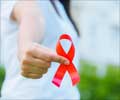


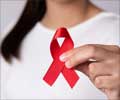
 Email
Email







